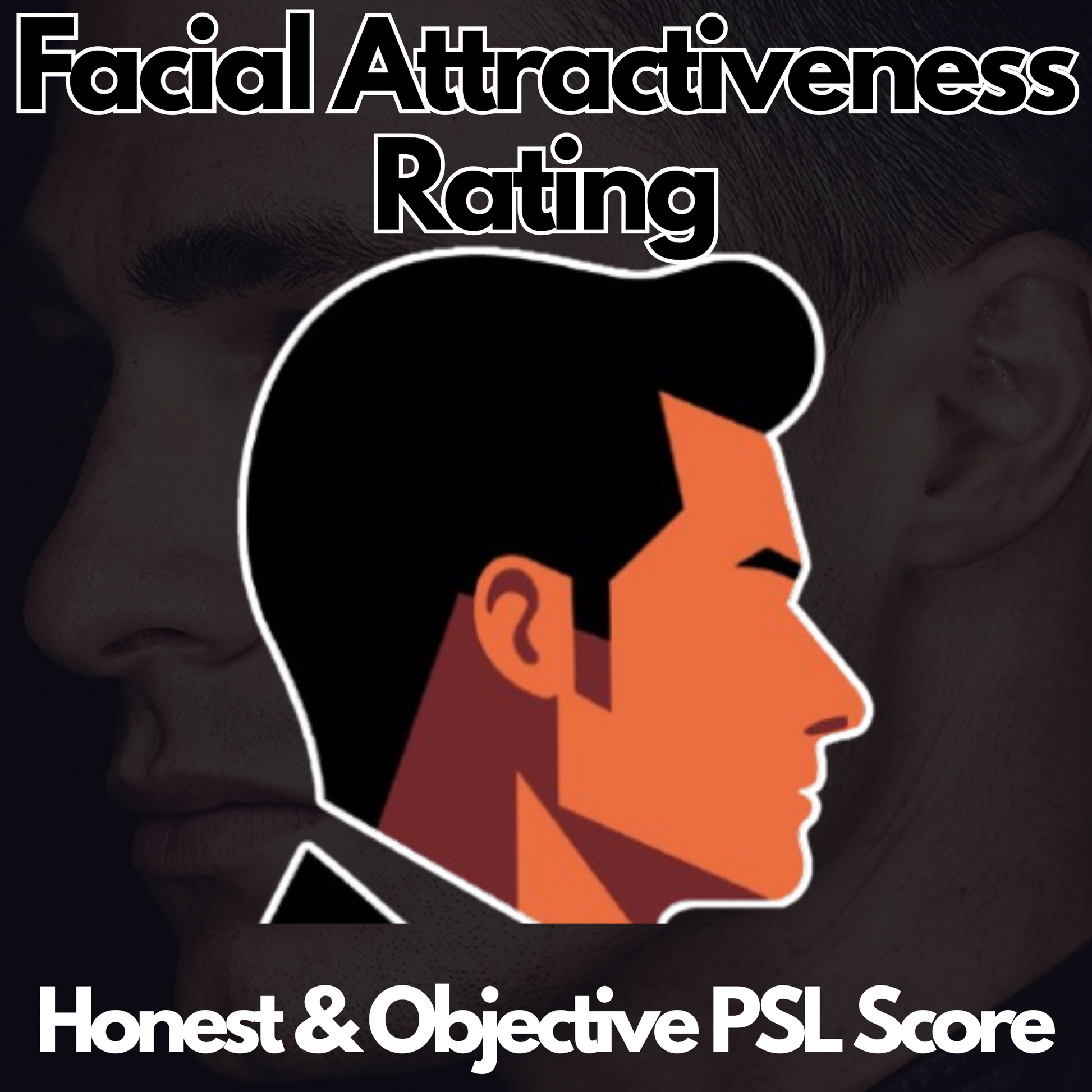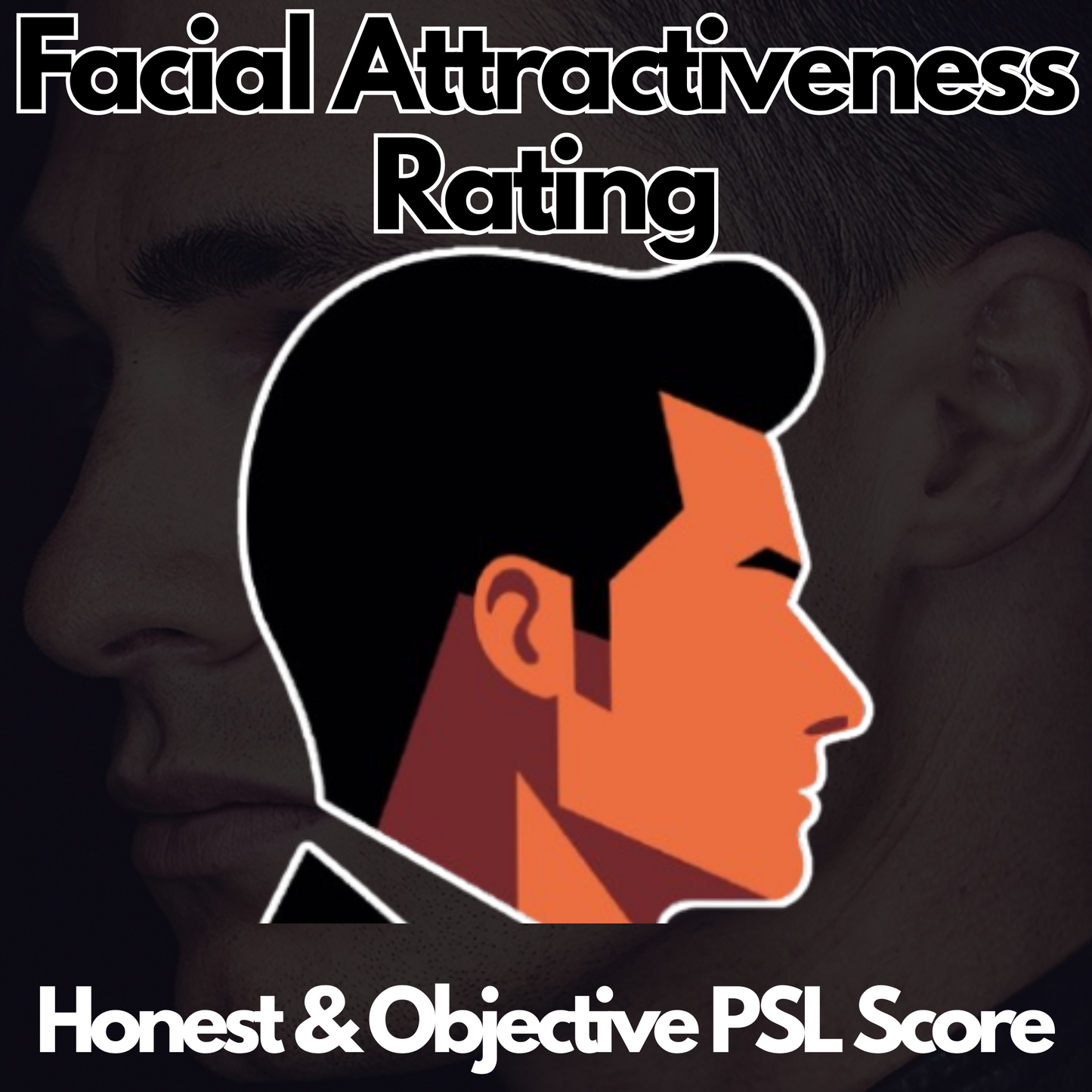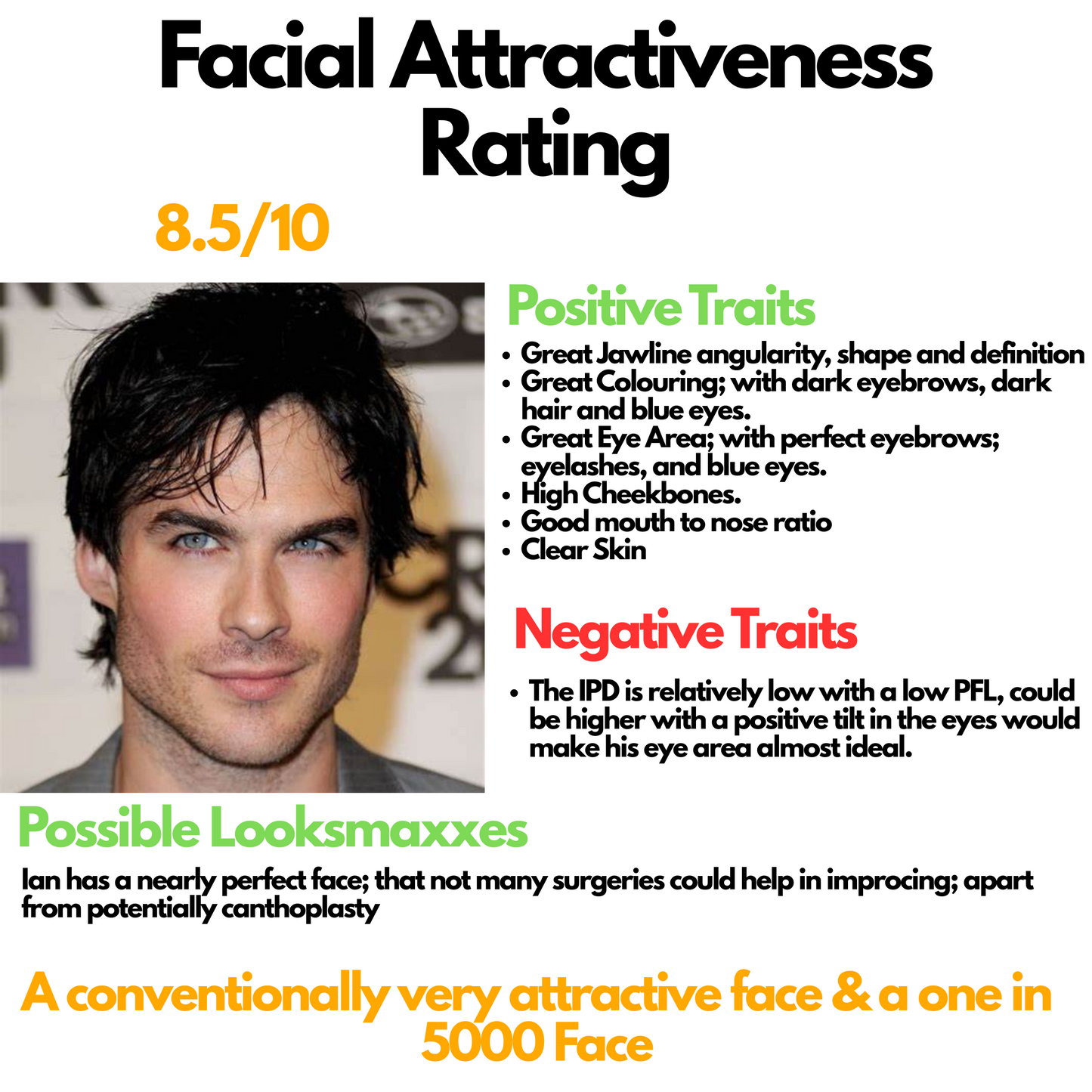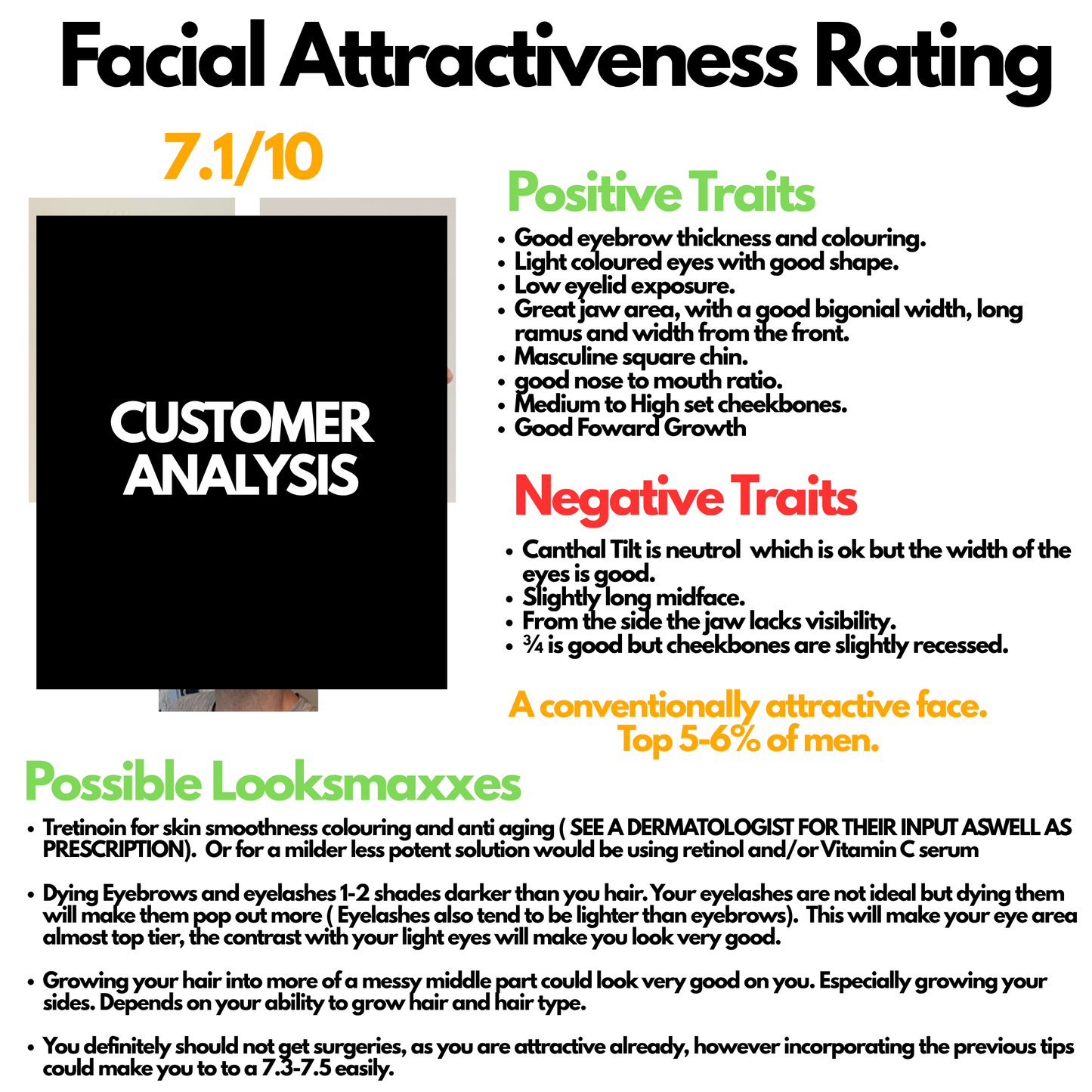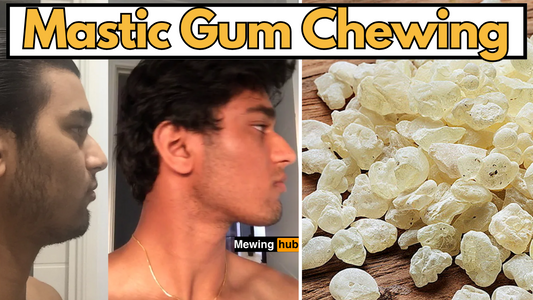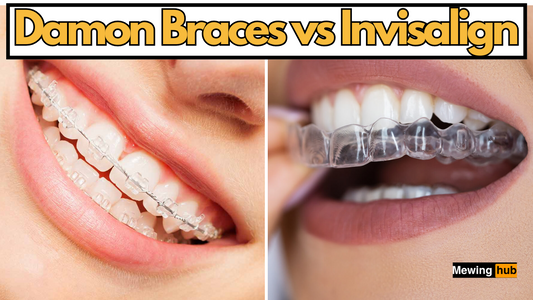Can Mewing Straighten Your Teeth? Exploring the Benefits and Limitations
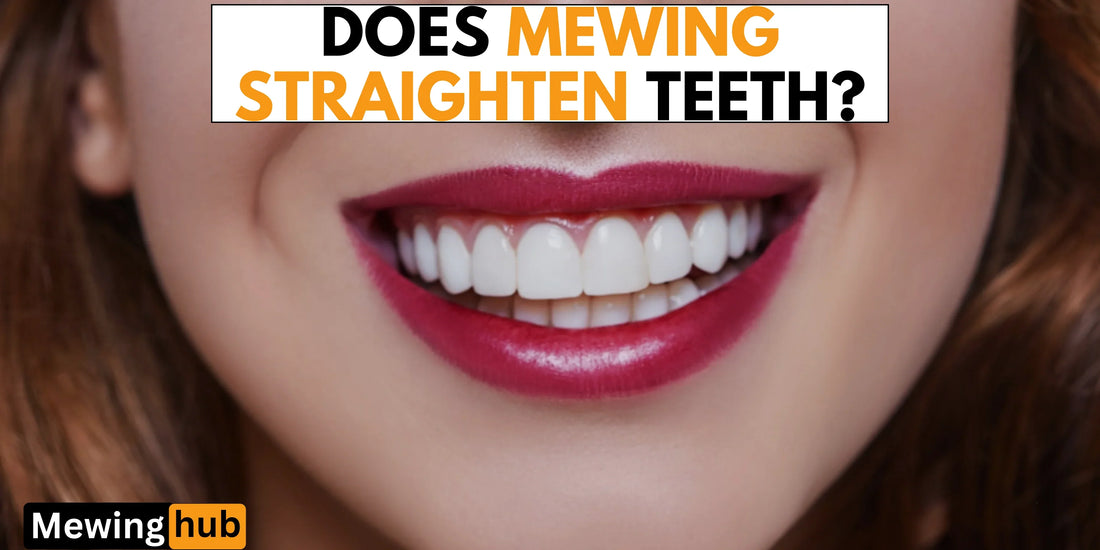
Share
The concept of mewing, a technique pioneered by Dr. John Mew, has garnered significant attention in recent years, particularly for its purported benefits in facial structure enhancement.
But can mewing actually straighten teeth?
This guide delves into the science behind mewing, its potential impact on dental alignment, and the factors that influence its effectiveness.
What is Mewing?
Mewing is a form of orofacial myology that involves proper tongue placement on the roof of the mouth, lip sealing, and nasal breathing.
This technique is theorized to influence facial structure, potentially affecting jaw alignment and dental health.
By maintaining proper tongue posture and jaw positioning, mewing aims to improve facial symmetry, enhance jawline definition, and potentially straighten teeth.
Mewing and Bite Alignment A significant aspect of mewing is its potential impact on bite alignment. By promoting correct tongue posture and jaw positioning, mewing may help in realigning the bite.
A significant aspect of mewing is its potential impact on bite alignment. By promoting correct tongue posture and jaw positioning, mewing may help in realigning the bite.
This can be particularly relevant for individuals with overbites, where the upper teeth significantly overlap the lower teeth, or underbites, characterized by the lower teeth protruding beyond the upper teeth.
The consistent pressure exerted by the tongue can influence the maxilla (upper jaw) and the mandible (lower jaw), contributing to better bite alignment.
Palate Expansion and Teeth Crowding

One of the notable effects of mewing is its potential to widen the palate. A wider palate can provide more room for teeth, potentially reducing crowding. This aspect of mewing might contribute to a more evenly spaced dental arrangement, which can indirectly lead to straighter teeth.
The pressure from the tongue against the palate encourages bone remodeling, a process where bones adapt to the forces exerted on them. This can result in a more spacious oral cavity, reducing dental crowding.
The Science Behind Mewing's Impact on Dental Alignment
The principle behind mewing is grounded in the concept that the tongue's constant pressure against the palate can stimulate bone growth and remodeling.
This is supported by the idea that bones in the facial region, particularly the maxilla, can adapt to the forces applied to them over time.
For younger individuals, whose facial bones are still developing, this process can lead to noticeable changes in dental alignment.

A study published in the "Journal of Oral Rehabilitation" suggests that changes in facial structure require consistent effort over a considerable period, often years. This highlights the importance of long-term commitment to mewing for achieving and maintaining results.
Age and Effectiveness of Mewing in Teeth Straightening
The age factor plays a crucial role in the effectiveness of mewing in straightening teeth.
Young individuals, whose facial bones are still developing, may experience more significant changes. Their palates and jawbones are more adaptable, making it easier to influence their dental alignment through mewing.

For older individuals typically after the age of 25, the potential for mewing to straighten teeth is considerably less.
While some adults have reported improvements in dental alignment through mewing, these cases are less common and typically not as pronounced as those observed in younger individuals.
The bones in adults have typically ceased growing and are less susceptible to change through mewing alone.
Realistic Expectations and Professional Advice
While mewing presents a possibility for improving bite alignment and reducing teeth crowding, especially in younger individuals, it is essential to approach it with realistic expectations.
Mewing should not be seen as a substitute for traditional orthodontic treatments, particularly for significant dental issues.
Consulting with orthodontic professionals for personalized advice and treatment plans tailored to individual dental health needs is always advisable.
Complementary Practices for Dental Health

To maximize the benefits of mewing, it can be combined with other practices that support dental health.
This includes maintaining good oral hygiene, regular dental check-ups, and potentially using orthodontic devices if recommended by a dental professional.
A palatal expander or MSE can do wonders in both widening the dental arch and palate, improving not only bite and teeth alignment but also at improving facial structure.
Learn more about maxillary expansion techniques, from our comparison article of MSE and palatal expanders.
These complementary practices can help ensure that any improvements achieved through mewing are maintained and supported by overall dental care.
Conclusion: The Potential and Limitations of Mewing in straightening teeth
Mewing, a technique involving proper tongue placement and posture, has potential benefits for bite alignment and reducing teeth crowding, especially in younger individuals.
However, it is important to approach mewing with realistic expectations and to consult with orthodontic professionals for personalized advice and treatment plans.
While mewing can contribute to dental health, it should be seen as part of a holistic approach to oral care rather than a standalone solution.
Start Your Mewing Transformation Now !
Disclaimer
This article is for informational purposes only and does not constitute professional dental or medical advice. Always consult with a licensed orthodontist or dentist for any concerns regarding dental health and alignment.


